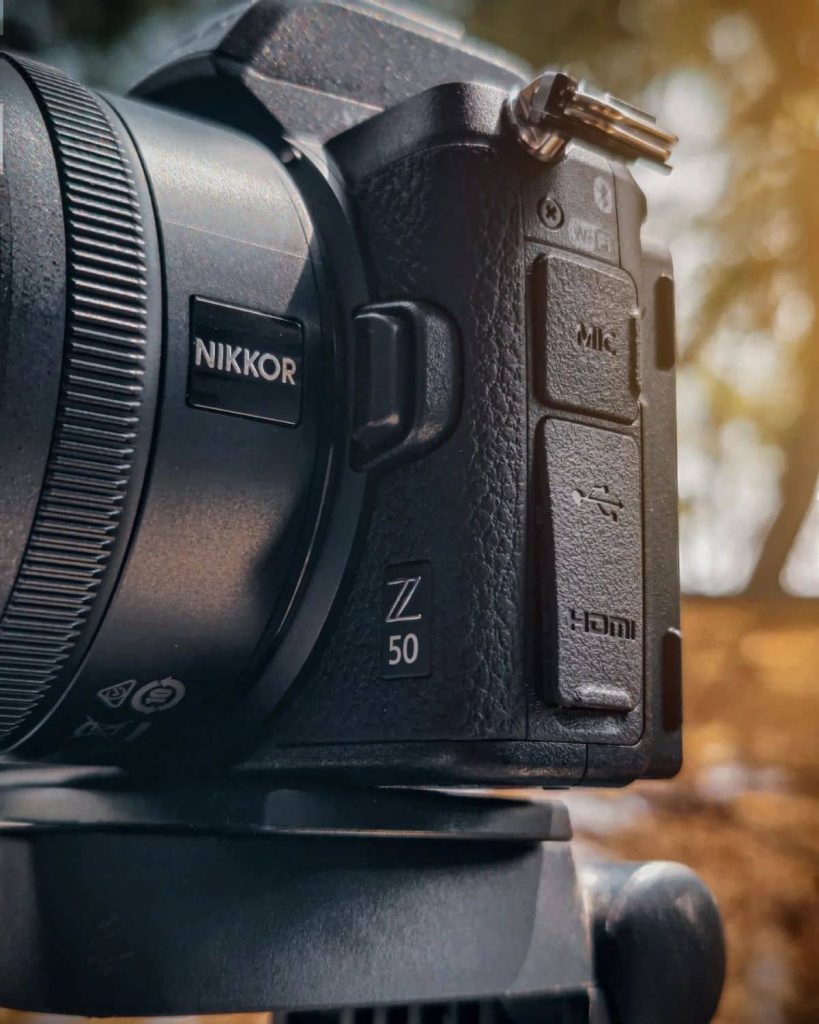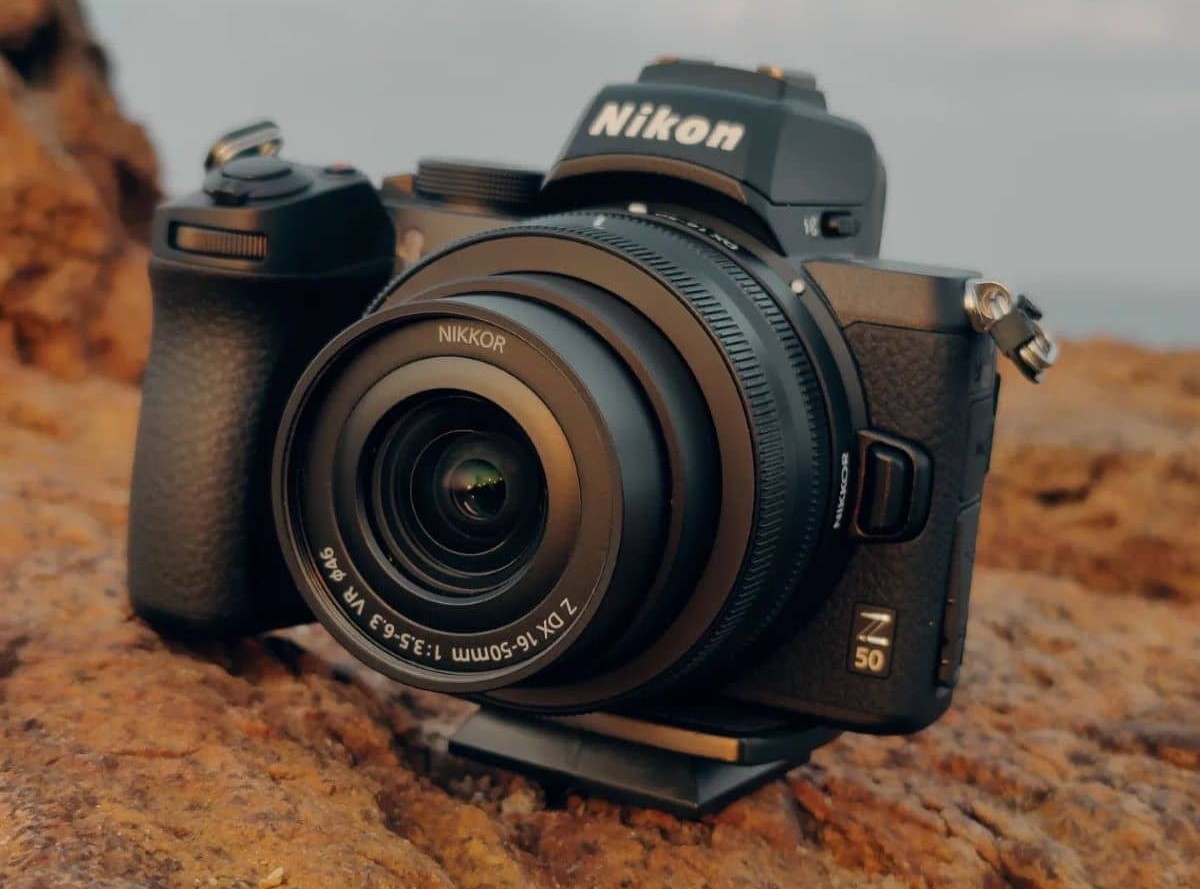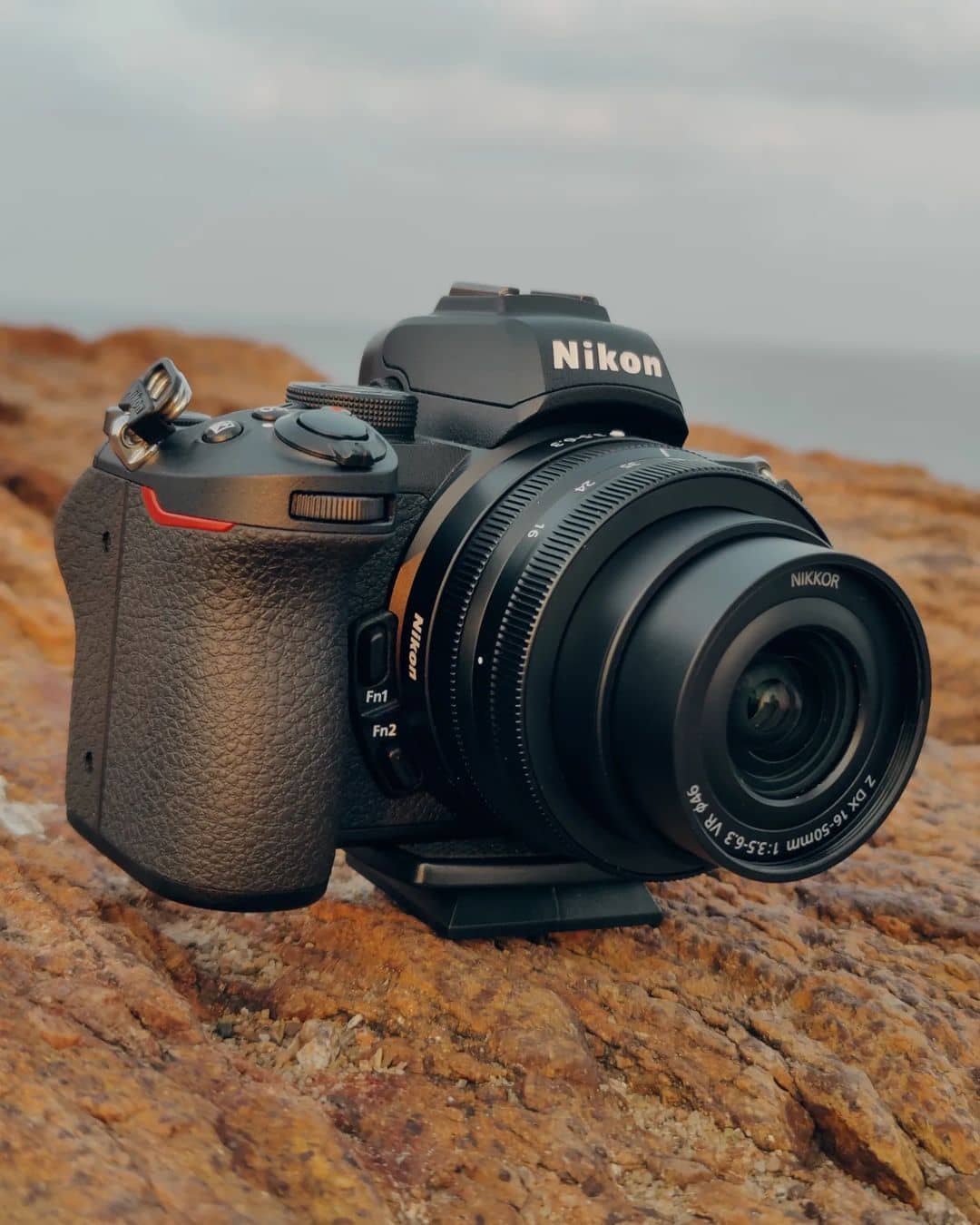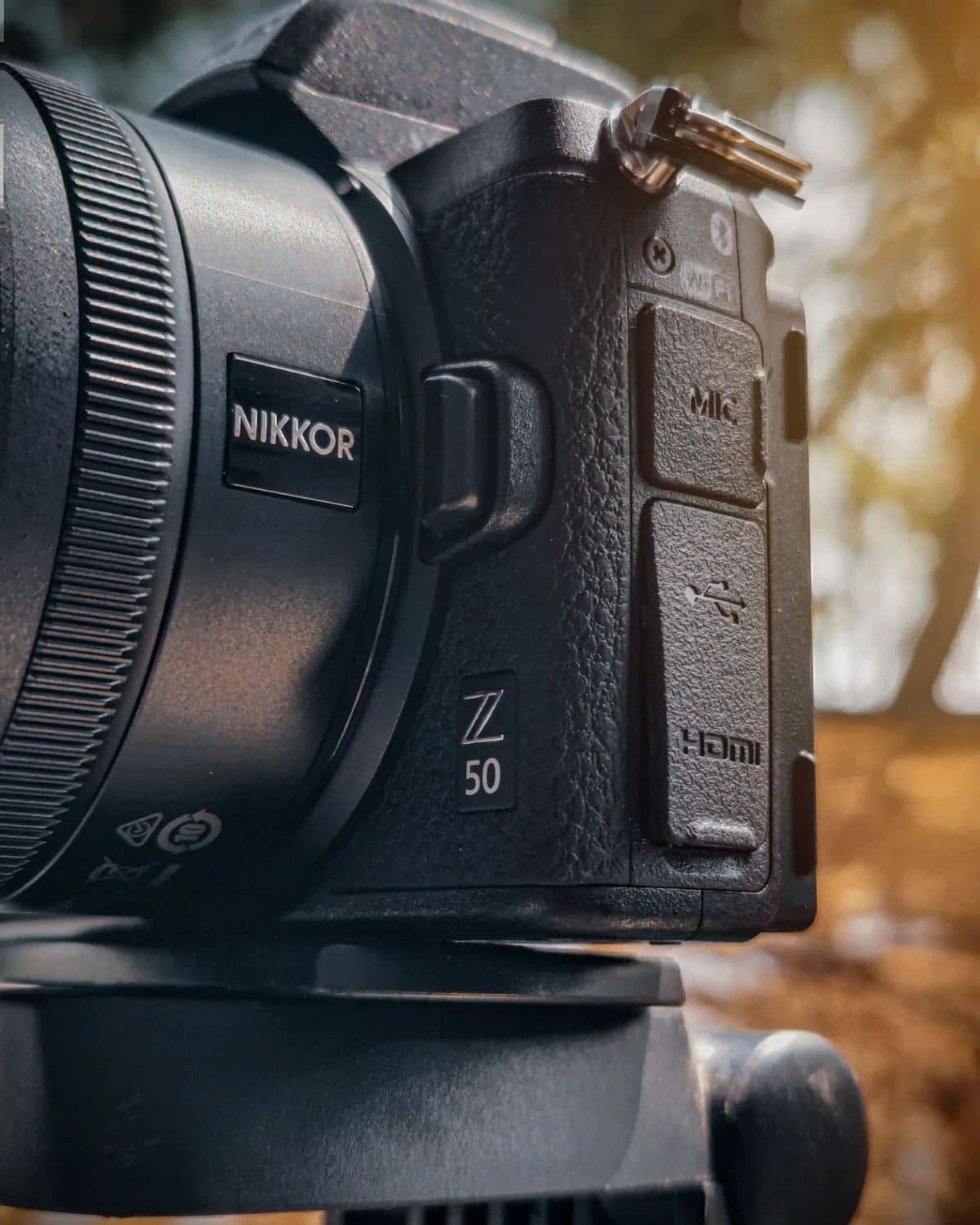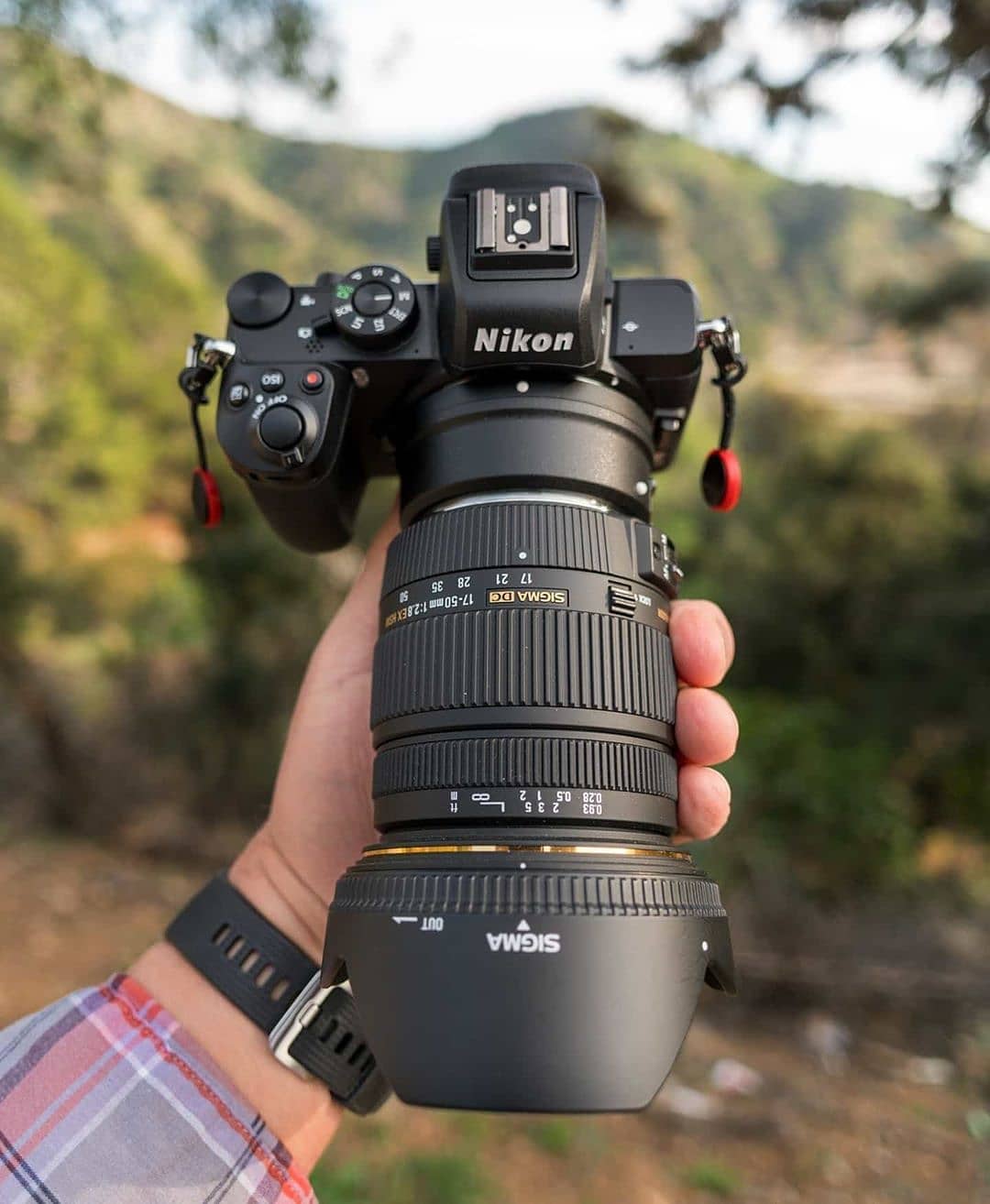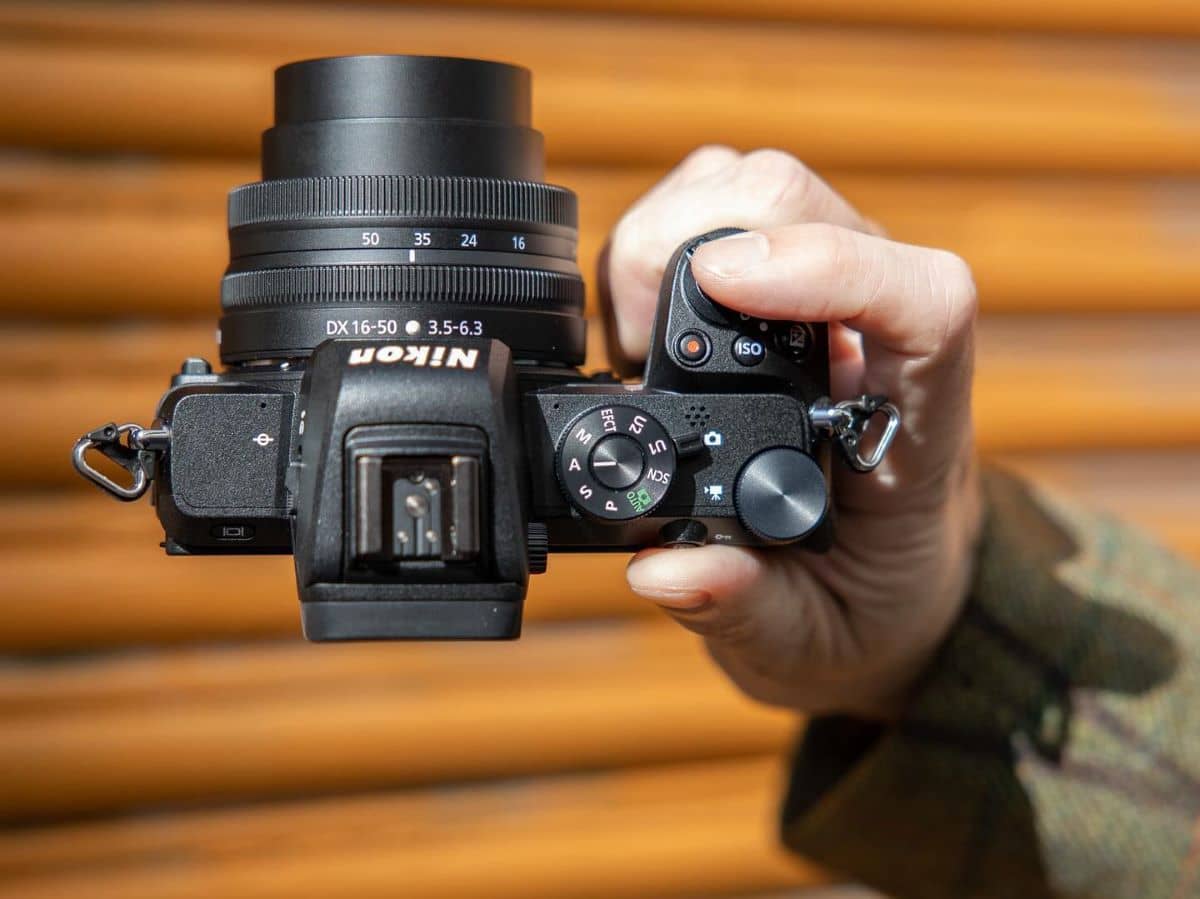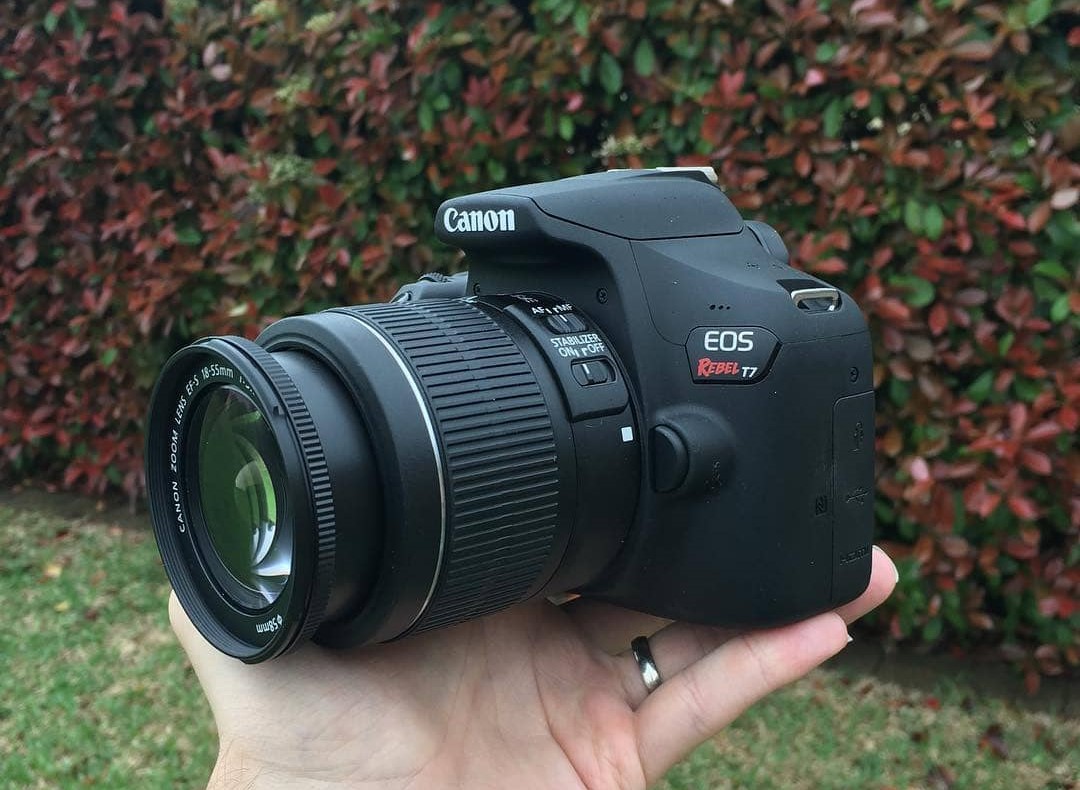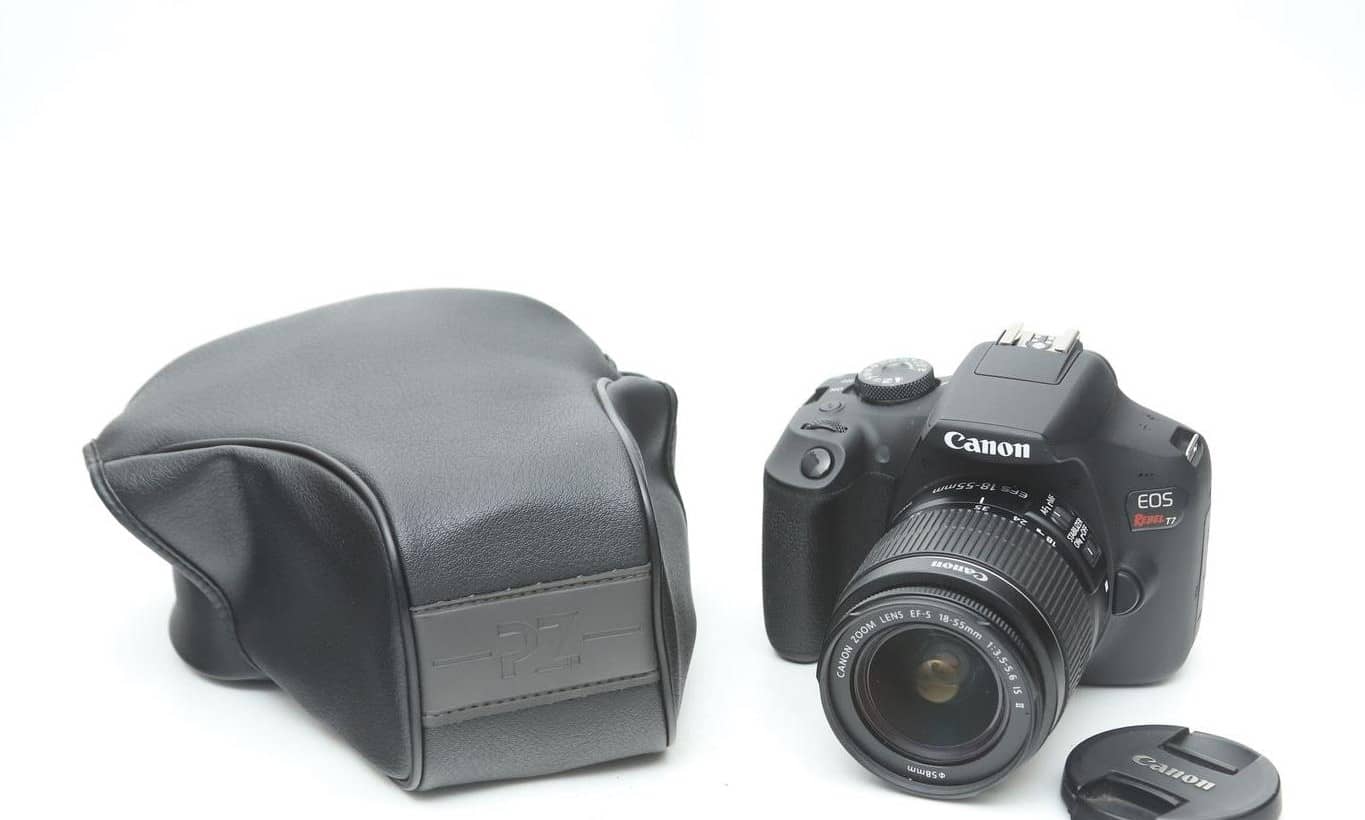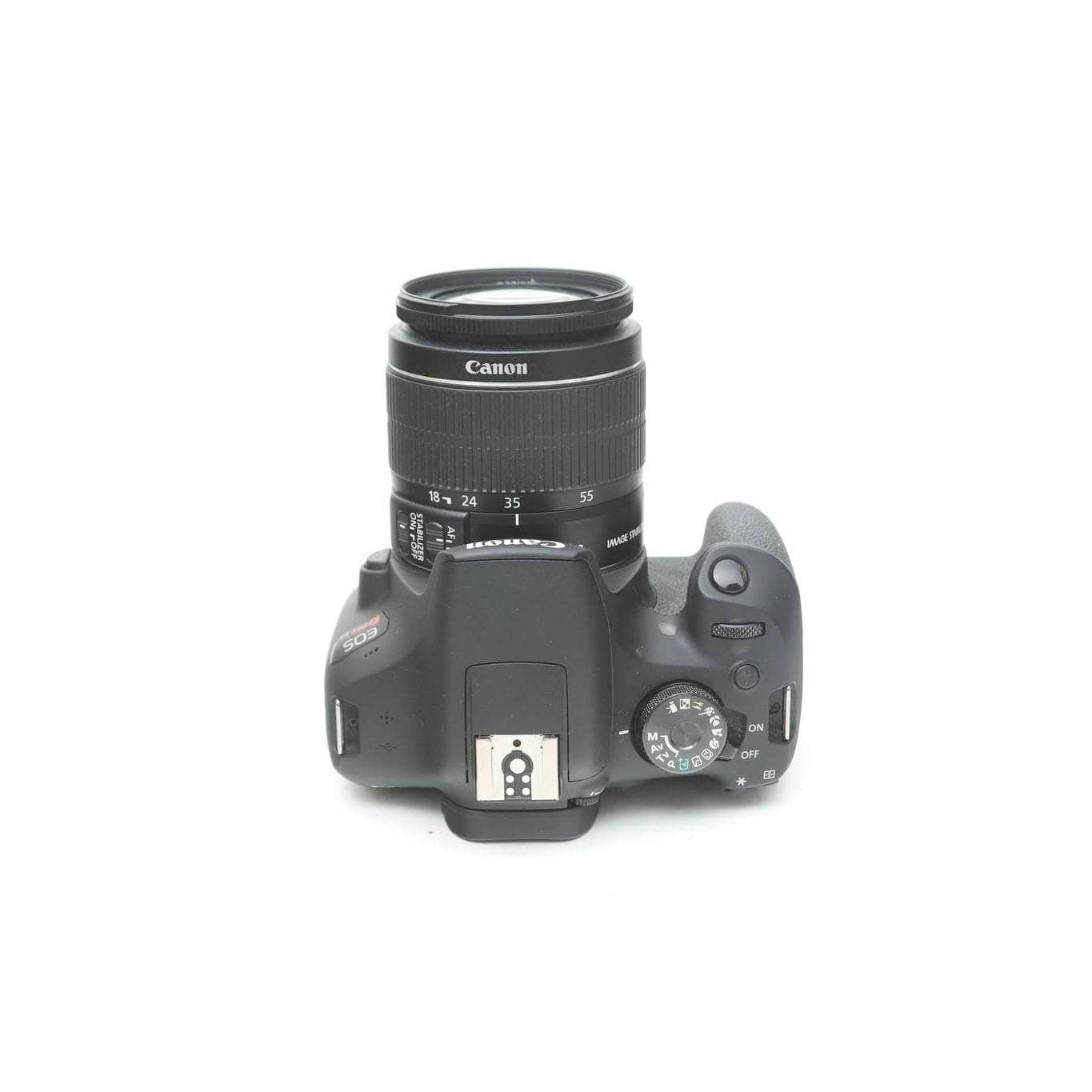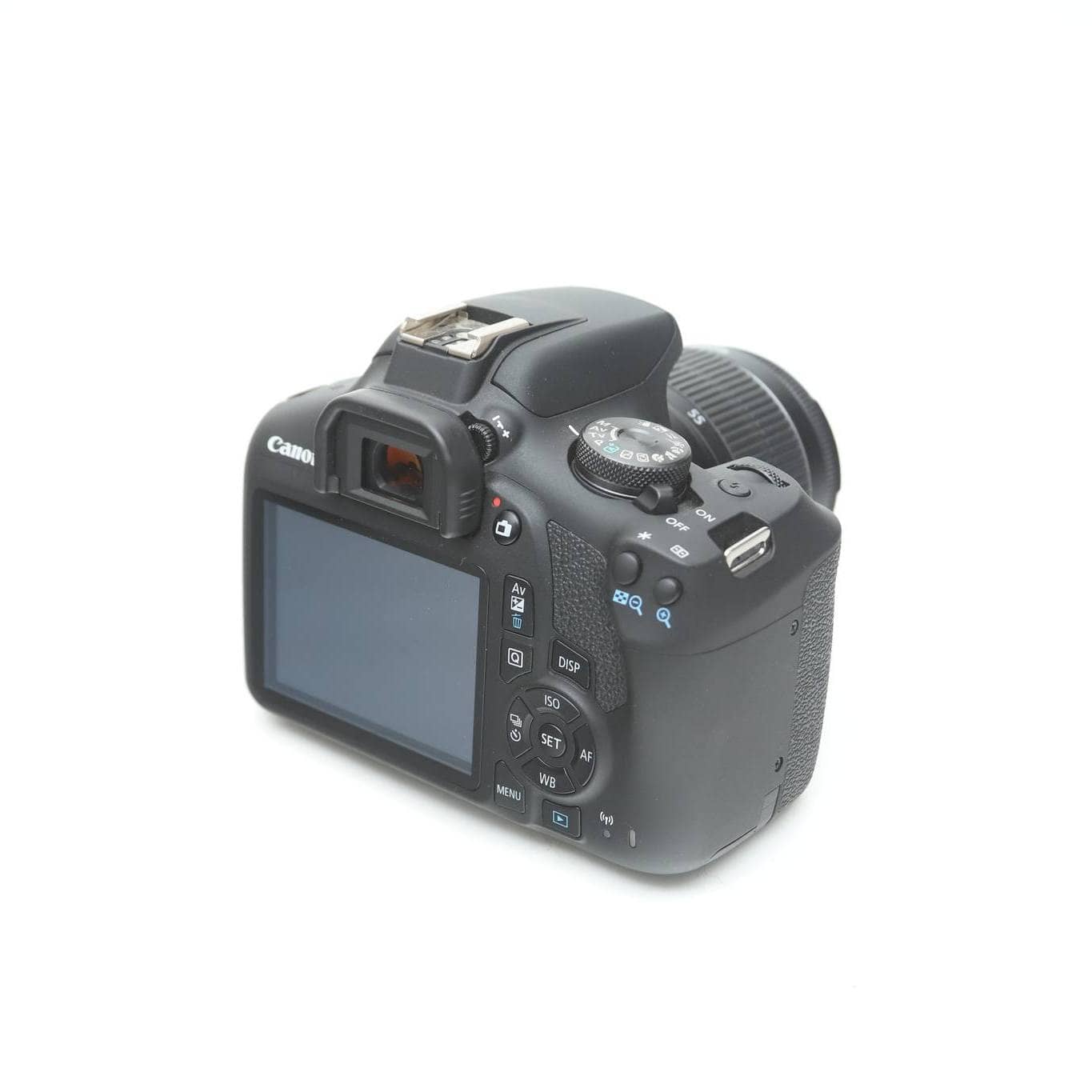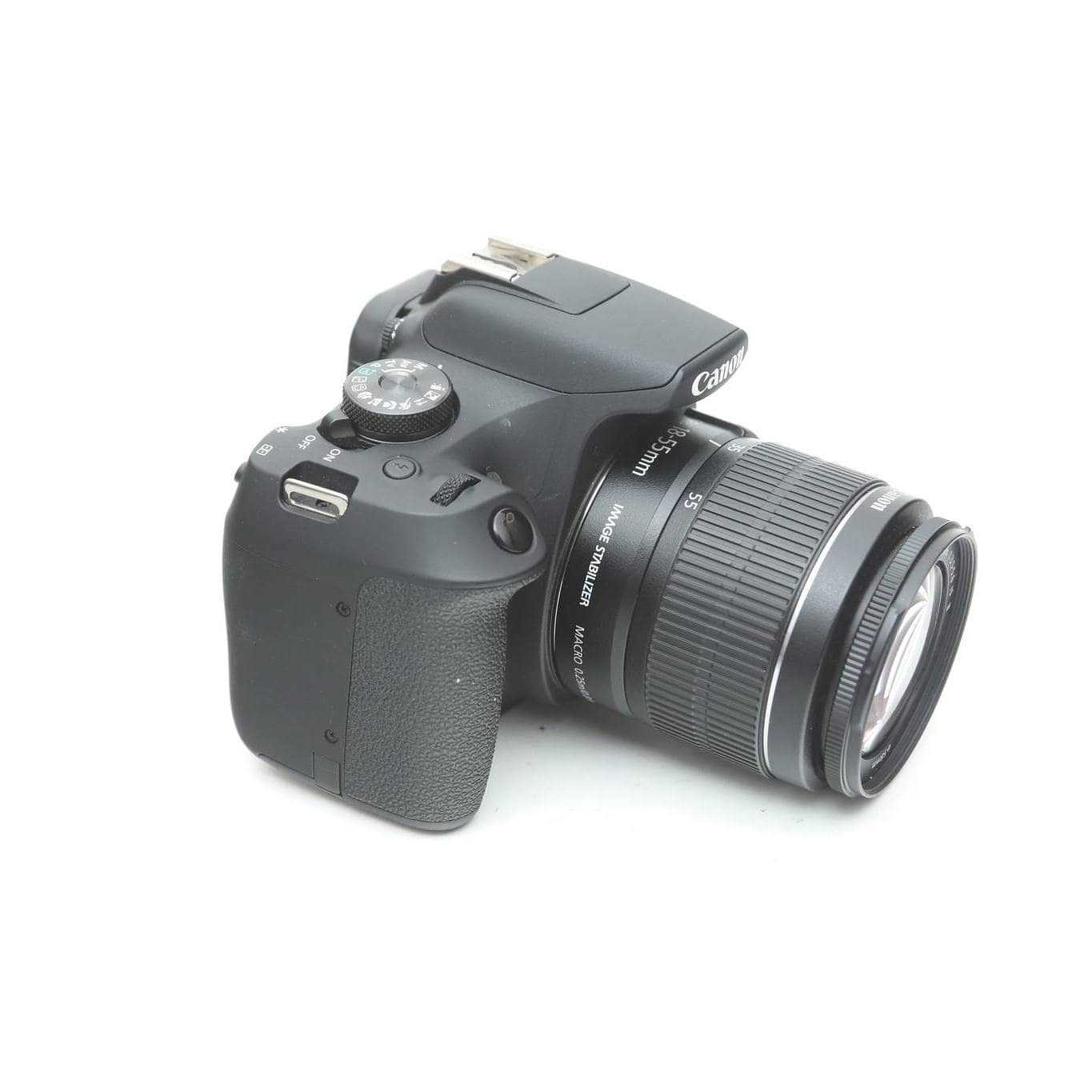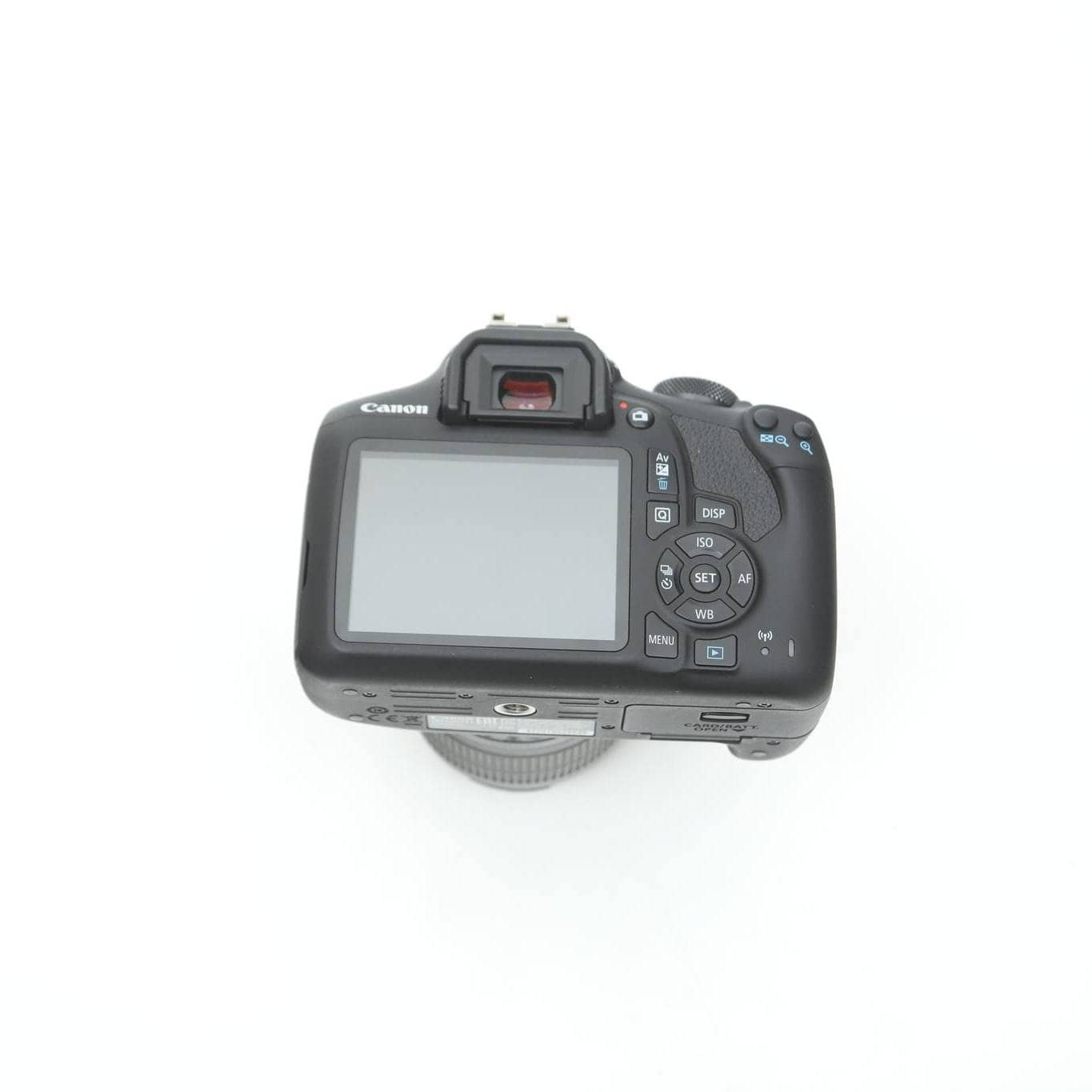Photography can be daunting if someone is coming from a camera app on their smartphone. All the settings are automated, leaving little if anything for the beginner to manage. There’s no lens changing, no aperture or mechanical shutter adjustments, just a touch of an onscreen button and, moments later, a fake shutter click that sends the captured image to some social media feed.
Not that there’s anything wrong with this relationship between camera app and user, it’s just that it doesn’t leave much room for creative control. Apps, with “insta” filters and all, are fun. They’ve even gained multiple lenses and improved sensory innards, but there’s still something lacking. The good news is that it doesn’t have to be that way; the best camera for someone who’s just starting doesn’t have to be overwhelming to operate.
The main takeaway, then, is that smartphone convenience is cool, but actual camera ownership offers beginner photographers way more, including manual control and superior optics. Here’s five other areas where a new camera trumps plain old smartphone technology.
Photography Lingo Every Beginner Should Know
You’ve never touched a camera and have only used your phone’s app to post selfies of yourself or your life status, like #blessedlife, #fitnessfail, is that right? Don’t skip this section as our review team compiles a list of areas you’ll need to familiarize yourself with before purchasing your first beginner photography gear.
- Aperture – Like the iris of a human eye, the light gathering mechanism should open as far as possible. F/2.8 is common. F/1.4 lenses are good for night shoots. See this article from Adobe.
- Depth of Field – Commonly referred to as DoF, this photography term increases background blur, isolating foreground subjects. Alternatively, a deep depth of field brings backgrounds into focus. Closely tied to F-stop and aperture settings.
- Shutter Speed – A beginner camera may use an electronic ‘blanking’ of the light-gathering sensor or a mechanical curtain. Once activated, the lens focused image is briefly imprinted on the sensor. Faster shutter speeds freeze action scenes.
- Camera sensor – Typically a CMOS (Complementary Metal-Oxide Semiconductor) device is a light and color sensitive electronic component that sits behind the lens and shutter. It converts the light into electronic signals.
- Image Processing Engine – Rapidly converts image signals into pixel data, such as RAW or JPEG data, which is then stored on a memory card (Cards are bought separately).
- Color Balance – Adjusts colors to make them look natural. Alters depending on current lighting conditions. Warm color temperatures look orange, while cooler temperatures look blue.
- ISO – A holdover from the days of film, ISO film light sensitivity now refers to sensor exposure sensitivity. High ISO values help in low light shoots, but they also introduce noise.
Beginners, especially those who want to explore manual modes, need to learn the relationship between exposure settings. Aperture settings and shutter speed, interchangeable lens effects and ISO adjustments. All of these manual mode alterations impact picture quality.
The advantages gained by mastering this learning curve are huge. Beginners add nuanced elements to their new compositions, adding depth falloff to subjects and creative blurring effects, to name but a few. See this article from Adobe because we’re out of time and need to talk about actual models.
Nikon Z50 Camera Body
Reviewers on standby, the first camera to tumble onto this beginner-friendly list is the Nikon Z50, a 20.9 Megapixel DX CMOS sensor that’s encased in an easy-to-use Z mount body. The tug of curiosity pulled our tester towards the flip-down 3.2” tilting LCD on the rear of the camera, which is touch sensitive, but it’s the command dial that won out in the end.
That dial has Auto and Program modes, then there are two custom buttons, programmable with common settings. Aperture Priority and Shutter priority are both onboard, meaning beginners can set their shutter or aperture to their liking, knowing the camera will take care of all other exposure settings. Alternatively, the 2360k dot OLED EVF (Electronic ViewFinder) stands ready for a more intimate camera user experience.
Autofocus is fast and the results are crisp, and that’s down to the hybrid phase detection system, a feature that’s incorporated with human and animal tracking capabilities. Then, with an ISO of 100-51200 and several precise exposure metering modes on-hand, owners can track those locked and moving subjects into super-dim rooms. If that room or dark outdoor area should prove too lightless, an inbuilt pop-up flash syncs at shutter speeds of up to 1/4000th second. Naturally, an accessory shoe is also there, ready to slot in a dedicated flash unit.
Tester Inside Scoop – As implied by the inbuilt flash, the shutter speed of the Nikon Z50 does feature 1/4000th of a second action-freezing speed. There’s also the now obligatory 4K shooting mode, again on the command dial, which functions at a brisk 30 fps. Of some note, image stabilization wasn’t available unless a VR Z mount lens was fitted.

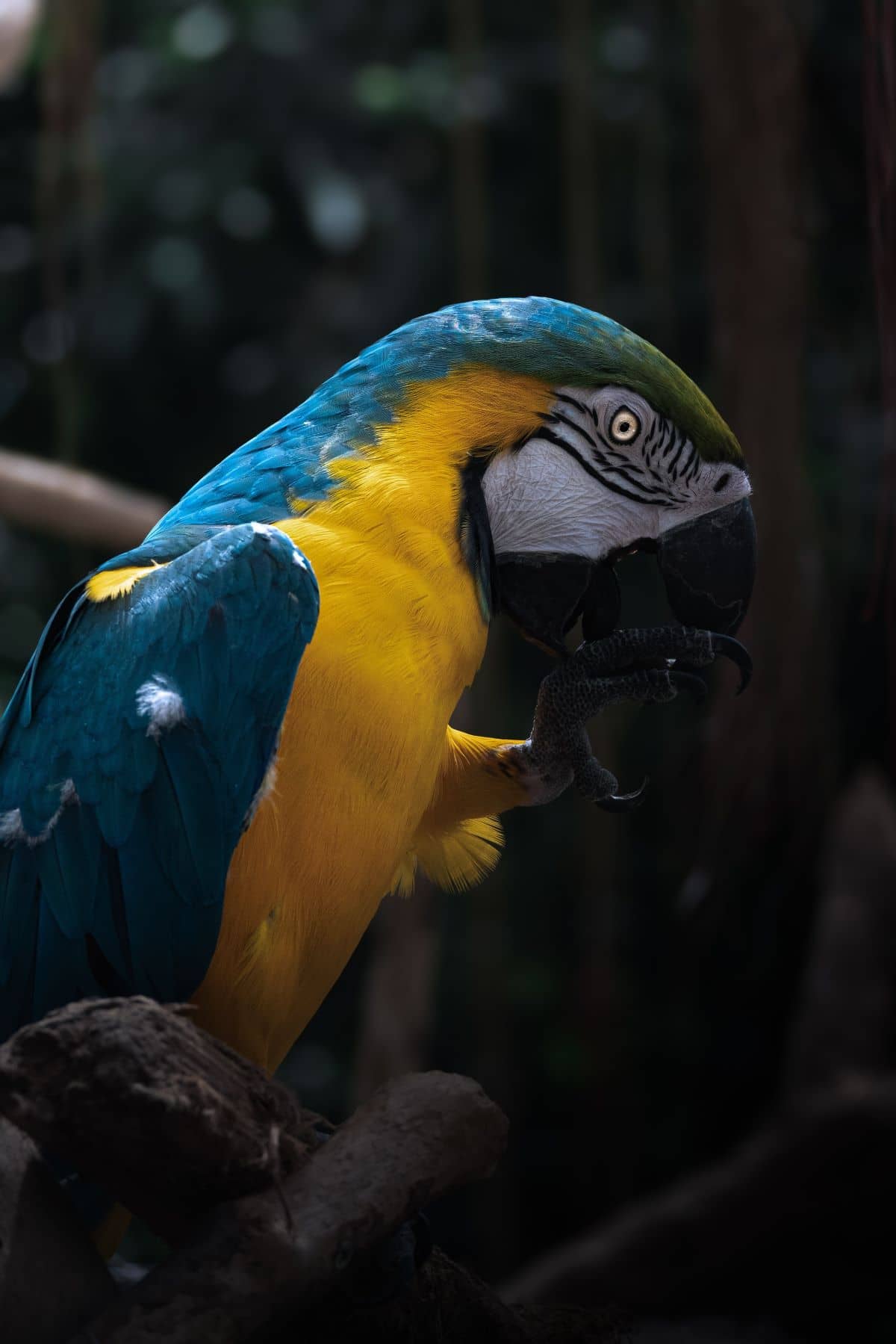
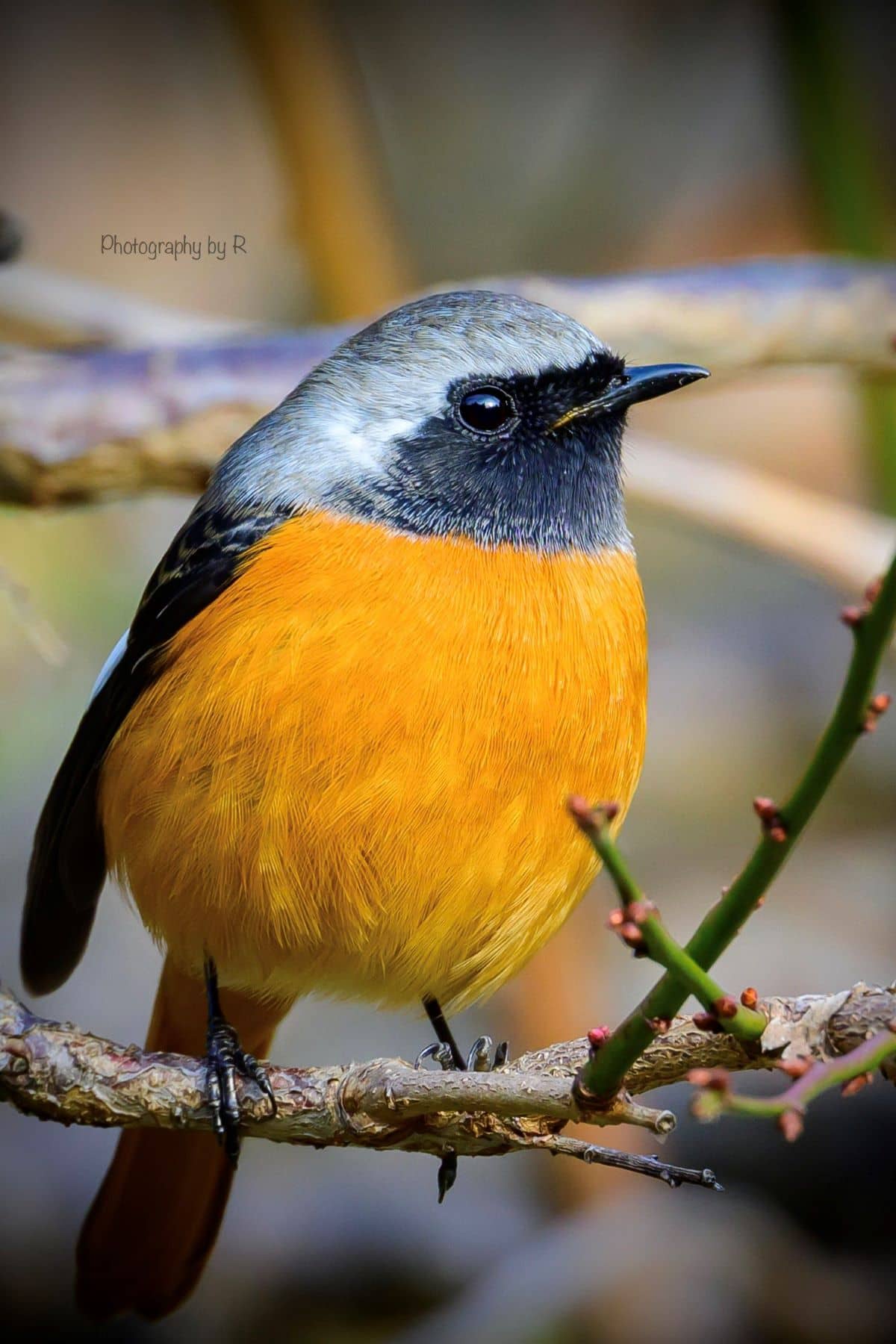


Particularly liked by our tester as a beginner camera feature, the i-menu monitor overlay pulls up many frequently used settings. Wi-Fi and Bluetooth, in-camera video editing and creative SCN modes, Nikon hasn’t missed a trick on the light but durable magnesium alloy body of the Nikon Z50.
Canon EOS Rebel T7 DSLR Camera Body and EF-S 18-55mm Lens
One sign a camera is built for beginners is a pop-up flash. The next would be an included lens, something that’ll zoom and provide a versatile focal length. The Canon EOS Rebel T7 provides both, the latter entering as an 18-55mm image stabilized lens with moderate telephoto reach. Great for beginners, the bundle has everything a newcomer needs to get started in everyday photography projects.
Although positioned as a rookie camera bundle, the Canon EOS Rebel T7 isn’t short on the kind of features that would take a beginner to the next level of their journey. The 24.1 Megapixel CMOS sensor is dimensionally sized for APS-C image capturing. Like the Nikon DX sensor, it’s not as physically large as a full-frame sensor, but it’s plenty big enough for someone who’s starting out. Add to that a decent low light sensitivity range, covering ISO 100 – 6400, and we have a strong contender for top-tier starter DSLR.
Featuring an optical viewfinder and a 3.0” Monitor with a resolution of 920k dots, signs of design shortcuts creep in here, as the monitor neither tilts nor accepts finger-touch inputs. Users will have to use the physical controls to the right of the screen. But this is a minor niggle, with low noise performance and 9-zone snappy autofocus responsiveness providing more of the quality we’ve come to expect from Canon.

f/22 1/10s 18mm ISO250
The Multiple metering modes for exposure are bolstered by both a mechanical and electronic shutter, which slices down at speeds of up to 1/4000th of a second, eliminating motion blur to produce crisp, dynamic stills. Video shooting isn’t treated with quite as much respect, though. Beginners tend to like the eye candy created by 4K video, but this camera is stuck in the past, with a maximum 1080p 30p shoot resolution putting a damper on videography work.
Tester Inside Scoop – While video performance isn’t exactly cutting edge, this is a solid Canon DSLR that’s clearly targeting rookies. It has a moderately capable lens included, although that lens doesn’t feature a great aperture range. With f/3.5 to f/5.6 low light performance, consider buying a second lens if night shoots are a factor.
The Canon EOS Rebel T7 is a solid if slightly aging DSLR with good low noise stills and mid-range autofocus speeds. It sports both Wi-Fi and NFC connectivity and an intelligent scene auto mode, yet another indication of its target audience, that of the keen beginner photographer..
Olympus OM-D E-M10 Mark IV Mirrorless Camera Body
Back in contemporary camera land, a staffer was assigned the task of running an Olympus OM-D E-M10 Mark IV mirrorless camera through its paces to see if it would be a good match for a beginner. Aside from being a mouthful to pronounce, it’s the entry-level Om System camera from Olympus, therefore well-suited as a newcomer camera.
We tested the OM-D E-M10 Mk IV at a soccer match for kids. The retro silver-top, black body mirrorless even received a few words of enquiry from parents on the lookout for easy-to-use cameras to film their little soccer heroes. Its micro four thirds 20.3 Megapixel sensor was explained to them as being smaller than a similar APS-C sensor, but the TruePic VIII image processing engine really does make the most of the smaller physical sensor size.
A tilting 3.0” touchscreen LCD monitor let us get down low when the kids took a shot at goal, and the 2360K EVF allowed our tester to concentrate on the action when additional stabilization was required. Of course, with inbuilt 5-axis image stabilization, blurry stills were rarely an issue. The same can be said for movie quality, with 4K 30p clips beautifully immortalizing the kids as they ran the length of the field.
Tester Inside Scoop – Packed artsy filters and scene modes (Including Night Scene, Children, Macro, Sunset, and Sports), the Olympus OM-D E-M10 Mk IV is a highly versatile little beginner camera with mass appeal. Its 1/4000th to 60 second shutter speed is impressive, too, as is the fact there’s an inbuilt flash to improve low light shots.
The ISO 100 – 6400 light sensitivity worked very well with the contrast detection autofocus system, a feature that incorporated 121 points and smart face detection technology into the mix to create a perfectly balanced mirrorless package that’ll excel wherever it’s used; it’s also beginner-friendly to the extreme thanks to the camera’s monitor-tiltable live preview mode.
Sony Alpha 6400 Mirrorless Camera Body
Reviewers were tempted to test one of the older members of the Alpha compact mirrorless range, but this was the sweet spot we landed on, the Sony Alpha 6400. Just take a moment to run down the list of shot-composing aspects the camera showcases.
A continuous shot speed of 11 fps sends light data to a 24.2 Megapixel CMOS sensor with Sony’s proprietary EXMOR technology. Again, it’s an APS-C frame, but the EXMOR tech and BIONZ X image processing engine do a fine job of rendering image highlights and detail, with little noise in evidence. And with continuous shots at that speed, even a beginner will find a perfect image from one of those bursts.
Autofocus performance is one of the areas where the Sony Alpha 6400 really pulls ahead of the competition. It’s lightning-fast due to a 425 point phase/contrast hybrid AF system, which locks within a paltry 0.02 seconds. No matter the unpredictable movements of a child or animal, its intelligent object locking, AI-assisted algorithms can’t be fooled. Real-time touch tracking is also a nice touch.
Tester Inside Scoop – Besides low noise ISO 100 – 32000 performance and a dozen or so scene modes beginners will love, 5-axis image stabilization and 4K HDR movie recording at up to 60p round out the features list, as managed on a 3.0” tilting touchscreen LCD or the 2.3 million dot EVF. Live view was well implemented, but it was the 180 degree tilt of the monitor, good for selfies, that impressed most.
Wi-Fi and NFC connectivity are there, then there’s a tidily arranged series of ports and connectors concealed behind a weatherproof flap. As for the camera chassis itself, what’s not to like about such a durable black magnesium alloy body and those sexily recessed controls?
Fujifilm X-T200 Mirrorless Camera Body
The Fujifilm X-T200 is unusual in one respect, that it rejects the gearhead looks found on most digital cameras. Where a tech guy’s dream beginner camera would be pure black and covered in buttons and dials, the Fujifilm X-T200 is minimalism at its finest. Just to expand on that point, it’s been designed to emulate a vintage camera, a silver and black model from bygone times.
Vintage it may seem, but we didn’t let the design aesthetic fool us, not when we saw the huge 3.5” LCD monitor filling the rear of its slender chassis. Better yet, deep in its 4.8” wide insides, a 24.2 Megapixel APS-C CMOS sensor sat behind a fast 1/4000th of a second mechanical shutter. By the way, speeds of 1/32000 of a second are possible via the electronic shutter. That’s fast enough to catch the wing beats of a hummingbird if he’s had a double espresso. Then, after the little bird accelerated out of sight, images could be stored using Wi-Fi or Bluetooth to a nearby smartphone.
Other photographic talents of note include 8 fps continuous shooting, fast and accurate face-detection hybrid autofocus, and numerous film simulation effects. The EVF should also be mentioned, as it packs a tiny, non eye straining 2360K OLED view. Finally, let’s not forget the movie makers who might buy a Fujifilm X-T200. As is usual with feature-rich mirrorless camera technology, expect 4K recording; it’s a downsampled and cropped 6K, so quality videoclips, full of dynamic motion, are easily filmed.
Tester Inside Scoop – The HDR filming mode was a nice touch. Our staffer found it hard to tear himself away from this and limit himself to stills. Eventually, though, a series of low noise shots was taken after the sun had dropped out of sight. Performance in this dim setting was very satisfactory.
A pop-up flash was a nice bonus addition, then there was the vlogging friendly articulating screen, huge and easy to read. All-in-all, it’s a well-balanced member of the Fujifilm mirrorless camera collection, a model any beginner could get years of use out of without exploring all of its many settings.
Canon EOS R50 Mirrorless Camera Body and RF-S18-45mm IS Lens
Featuring another lens kit entry, this time the mirrorless Canon EOS R50 and RF-S18-45mm, we’re bookending the Canon DSLR that opened this review. Again, the f/4.5 to f/6.3 aperture range isn’t stellar, but everything else about this bundle stands out very well. For one thing, the 4.58” camera body weighs less than a pound without the lens. For another, that lens is great for beginners, assuring image stabilization (IS) comes standard.
A 24.2 Megapixel CMOS sensor (APS-C) has been fitted inside the little mirrorless camera, a component that lifts uncropped 4K video footage from oversampled 6K. At up to 30p, the motion picture video is good enough for a rookie film director to make his first epic with, and then there’s the camera’s equally capable still images to test. We’d been looking forward to this part of the test and took the Canon EOS R50, plus lens, out for a shakedown at a local sporting event.
Dual pixel autofocus II was the lynchpin of operation, performing well all afternoon to lock in different team members at a little league baseball game It breaks the AF system up into 651 zones. Intelligent learning took this focusing talent one step further. We acquired fast subject detection locks on people, vehicles, and even a stray dog who was nosing around the park. The super-quiet shutter allowed for up to 15 fps continuous shooting, so the deep hues and low-noise skin tones of the players could be snapped over and over until a desirable composition was found.
Tester Inside Scoop – Aided by the included RF-S18-45mm IS lens, this beginner-level Canon mirrorless is a fun little camera with a good general-purpose starter lens. Everything is in the bundle, leaving budget conscious buyers no need to set money aside to purchase an interchangeable lens.
Additional buyer tempters, decided upon between game hotdogs, were the Advanced A+ Assist, which worked by optimizing scene selections for each and every shoot scenario. Then, running a mustard-covered finger down the manual’s specs list, a 3.0” adjustable touchscreen LCD monitor is included, as is a built-in flash and a 3.69 million dot OLED EVF.
With Wi-Fi and Bluetooth connectivity taking care of post-shot image management, this beginner-friendly camera is a fun, low light candidate for best camera for beginner photographers, although we do suggest buying a second lens whenever the opportunity presents itself.
Panasonic Lumix G100D Mirrorless Camera and 12-32mm Lens
With its squarish, almost post-industrial stylings, the Panasonic Lumix G100D is a micro four thirds device with a solid pedigree. The 20.3 Megapixel sensor is small but backed by a 5-axis stabilization system that’ll keep still images crisp and detailed. Steadiness features prominently in this review, but more on that talent for vibration reduction a little later. Optics are an everyday-use 12-32mm lens with f/3.5 to f/5.6 mid-tier aperture performance, so expect to ramp up the ISO a little.
The user side of the camera-to-photographer relationship is ably taken care of by a 1840 dot EVF and a high-quality articulating 3.0” LCD monitor. That monitor swings around to provide selfie functionality, but it’s more targeted at vloggers, if we’re being honest. One of our testers owns all of the video blogging kit, and she knows a good streaming setup when she sees one.
Continuing onward, the still images shot in and around our premises were sharp and detailed, and the camera was light enough for one-handed carrying. The DFD autofocus system, contrast-based, gained some fans, too, as it locked quickly, taking user input seamlessly via the large rear monitor. But it’s the 4K 30p video shooting modes that garnered most of our attention, as showcased in the next little block of text.
Tester Inside Scoop – Yes, the microphone array and OZO audio system clearly identify the Panasonic Lumix as a vlogging rig, which is why the image stabilization system came in so handy. Even with all of those videographer targeted talents, though, its MFT sensor is good for still images. Ultimately, it’s a buyer’s choice that’s intuitive to master and made to deliver noiseless stills and highly detailed vlogger footage.
As if it needed to be said, knowing this is a content creation camera, the Lumix G100D connects wirelessly through a Bluetooth connection, hooking itself seamlessly to an App for easy file sharing. It also functions remarkably well as a capable 4K webcam.
Learn to Tame Your Beginner Camera
Some missteps might be experienced, some that are hard to predict before cash has been given to a sales associate. One of the biggest would be battery life. How many shots can any of these cameras take on a single charge? Fortunately, a significant percentage of these digital cameras use electronic shutters. No extra energy is needed to actuate a mechanical curtain or a mirror on these models, so their batteries last longer.
Pop-up flashes are another big selling point. Most of the models on this list have one, but it’s not a deal breaker if it’s missing. An accessory shoe provides room for a flash, although this is an extra expenditure. Beyond such accessories, ergonomics is the last of the missing attributes we’d like to cover. It’s a feature DSLR cameras still own in some respect, because they’re bigger and have large rubberized grips. If a small mirrorless is on your shopping list, consider dropping by a store and checking all of the cameras on this list for hand comfort, why don’t you.
Otherwise, may we suggest one of the balanced, APS-C sensor-equipped mirrorless cameras we’ve reviewed? Models like the Sony Alpha 6400 or the Canon EOS R50 provide a good balance of features and low light image quality. The Canon also has the virtue of being part of a lens bundle, which is always going to be a winning sales tactic in our books, as long as you know that lens kits don’t always offer the best apertures, of course.

